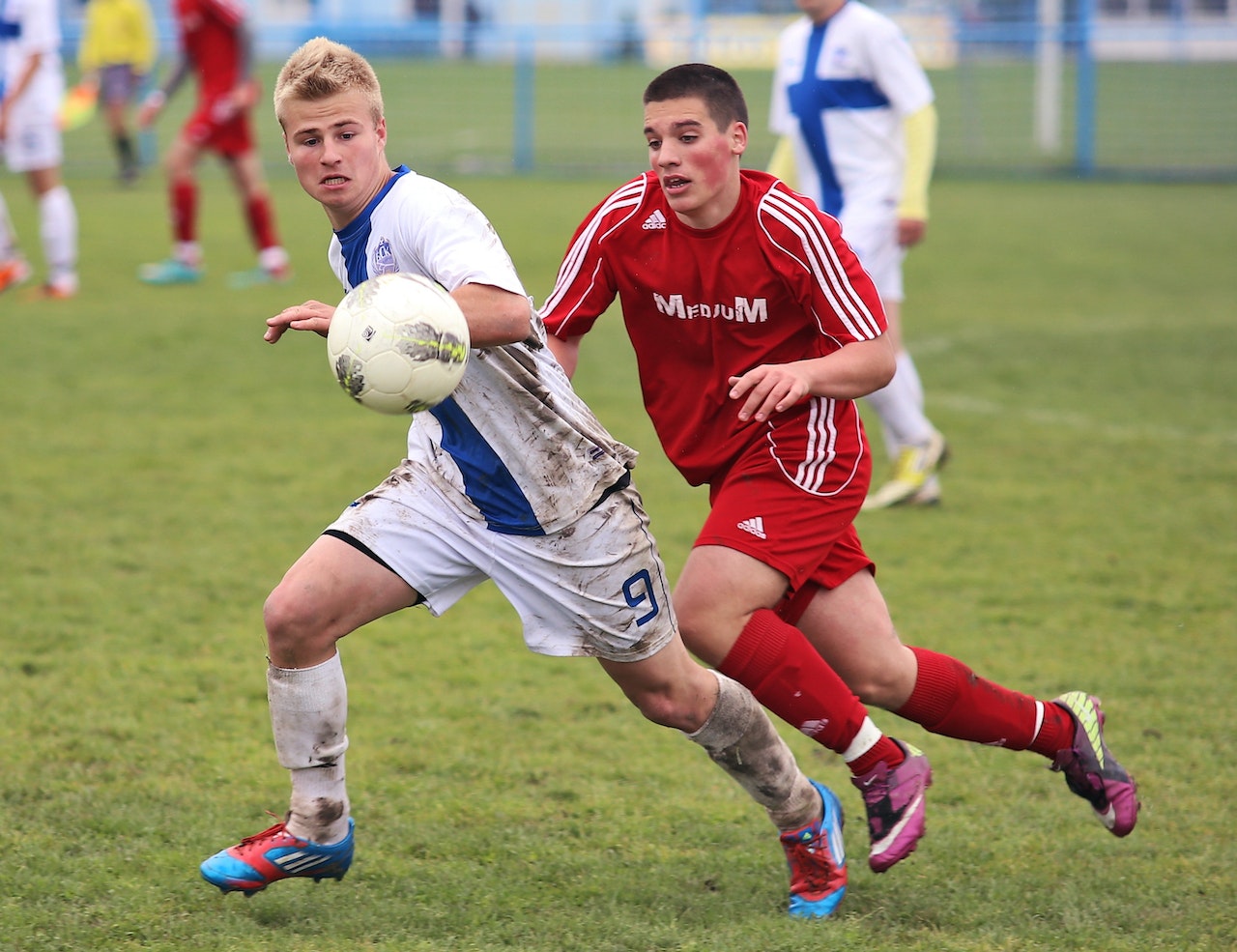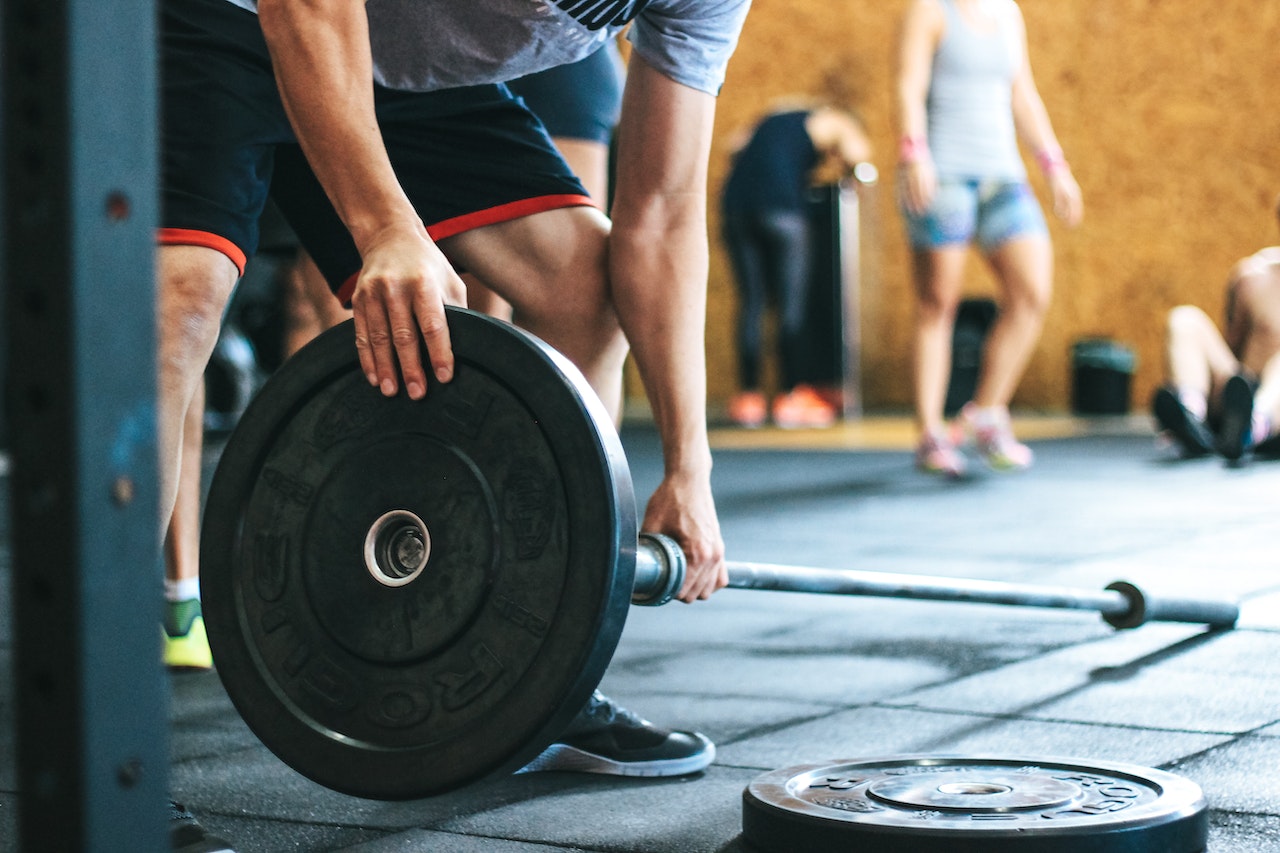Why You Should Workout Your Stabilizer Muscles During Your Gym Routine
Prime Movers vs. Stabilizer Muscles
Most people think of the big muscles that comprise the chest, the back, and the legs when working out. These big muscles, such as the pecs, the lats, or the quads are all examples of what are known as prime movers. These muscles are large and produce high amounts of force to create movement. They usually take center stage in many people’s workout routines with exercises like bench press, leg extensions or pull-ups.
The lesser known and much less popular muscles to train are referred to as stabilizer muscles. These muscles are usually smaller, and lie deeper to the big prime mover muscles that take up most of the attention. Whereas a prime mover’s job is to produce force and thereby movement, a stabilizer’s job is to resist excess movement of a joint by creating stability around the joint during a prime mover’s motion.
Shoulder Stabilizer Muscles
At the shoulder joint, the muscles on and surrounding the scapula help stabilize the shoulder through the various pressing, pulling and rotational movements that occur. These muscles combined are commonly known as the “rotator cuff.” If these muscles are weak or underdeveloped, asymmetry can occur between the chest and the back, usually presenting as rounded shoulders and accompanied by upper back, shoulder, and neck pain. Even worse, injuries can occur due to these small muscles not being able to keep up with heavier loads placed on them, which results in rotator cuff tears.
Core and Hip Stabilizer Muscles
This same idea can be applied to your trunk and hips. The muscles in the trunk that make up the core actively stabilize the stomach and the low back. You can experience lower back pain when abdominal muscles become unbalanced with the muscles of the low back. The adductors and abductors in the hips balance the forces placed on the pelvis and the knees during the action of prime movers like the quads and hamstrings. Underdeveloped or underutilized stabilizers in the hip can be the cause of various types of knee, hip, and low back pain as well.
Movement and Strength Evaluation and Training
The good news is there is hope if you are having pain in these areas! Stabilizers can be strengthened just as prime movers can, it just takes very specific, isolated movements. The first step is to identify dysfunctional movement patterns and pinpoint underutilized stabilizer muscles. Your chiropractor can evaluate your movement to help create a treatment and training plan to target the weaker muscles with isolated movements to help activate or strengthen them. These should be performed with light weight, in the form of free weights, resistance bands, or sometimes even just gravity. If you want the best chance to stay pain and injury free from your workouts, adding in designated time to focus on your stabilizers is a must!





